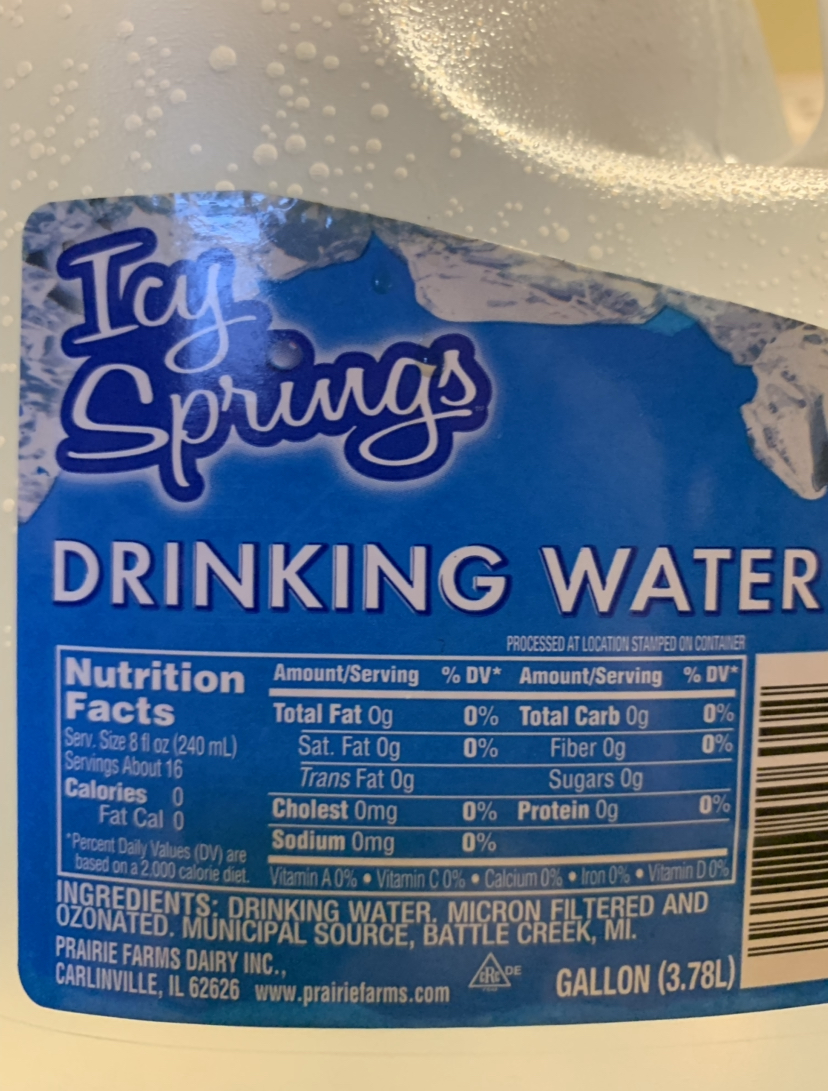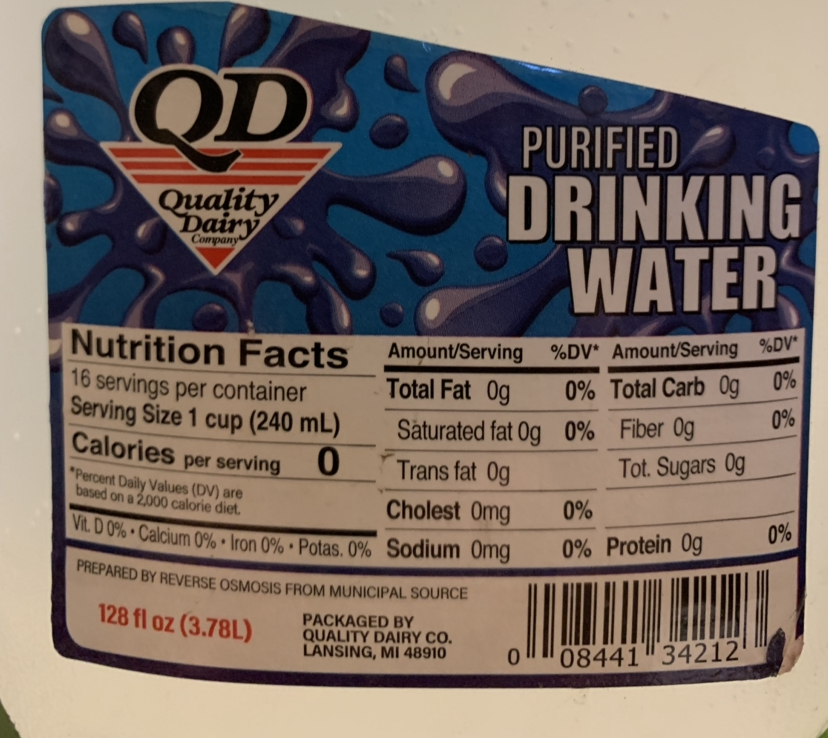ApolloSimcoe
Well-Known Member
Sorry you took offense to that. I only meant it as a general observation.

No, I didn't take offence, I just strongly disagree.Sorry you took offense to that. I only meant it as a general observation.
Assuming that water will be a problem?? I would reserve that for when there actually is a problem.
What I want to know is how the heck are you getting bottled water that lists anything on the bottle other than....uh, it's water?
I wish it did over here. Honestly, it should be required. And...one more reason to move to Australia!Maybe it's different in the US? Over here (Australia) spring and mineral water (the OP has spring water) mostly has mineral content listed.












Maybe it's different in the US? Over here (Australia) spring and mineral water (the OP has spring water) mostly has mineral content listed.
View attachment 617289 View attachment 617290
Here’s the labels on my bottled water. They don’t list what’s in it, but how it’s processed. In my case the QD water is far superior to the temporary replacement as the RO plant is down.
I’ll look into a TDS meter, however, as much as I understand the importance of water quality in brewing, I only have one solo AG brew day under my belt.
No to the RO water, or at least I think it's a no just went and got spring water from wally world. I will have to take a look at it when I get home tonight.